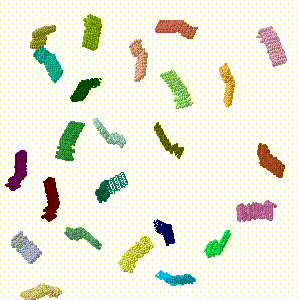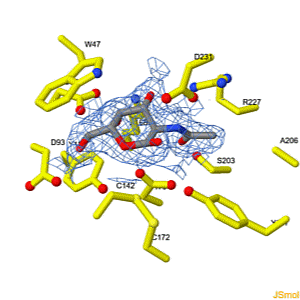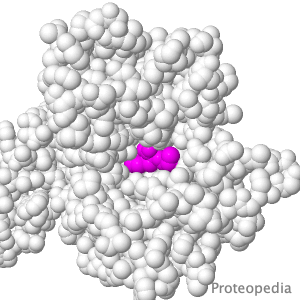Main Page
From Proteopedia
(New page: <table id="tableColumnsMainPage" style="width:100%;border:2px solid #ddd;border-collapse: collapse;table-layout: fixed; "> <tr><td colspan='4' style="background:#F5F5FC;border:1px solid #d...) |
|||
| Line 7: | Line 7: | ||
<tr> | <tr> | ||
<th style="padding: 10px;background-color: #33ff7b">Selected Pages</th> | <th style="padding: 10px;background-color: #33ff7b">Selected Pages</th> | ||
| - | <th style="padding: 10px;background-color: # | + | <th style="padding: 10px;background-color: #dae4d9">Art on Science</th> |
| - | <th style="padding: 10px;background-color: # | + | <th style="padding: 10px;background-color: #f1b840">Journals</th> |
<th style="padding: 10px;background-color: #dae4d9">Education</th> | <th style="padding: 10px;background-color: #dae4d9">Education</th> | ||
</tr> | </tr> | ||
Revision as of 12:02, 18 October 2018
|
Welcome to Proteopedia | |||||||||||
| Selected Pages | Art on Science | Journals | Education | ||||||||
|---|---|---|---|---|---|---|---|---|---|---|---|
|
|
|
|
||||||||





